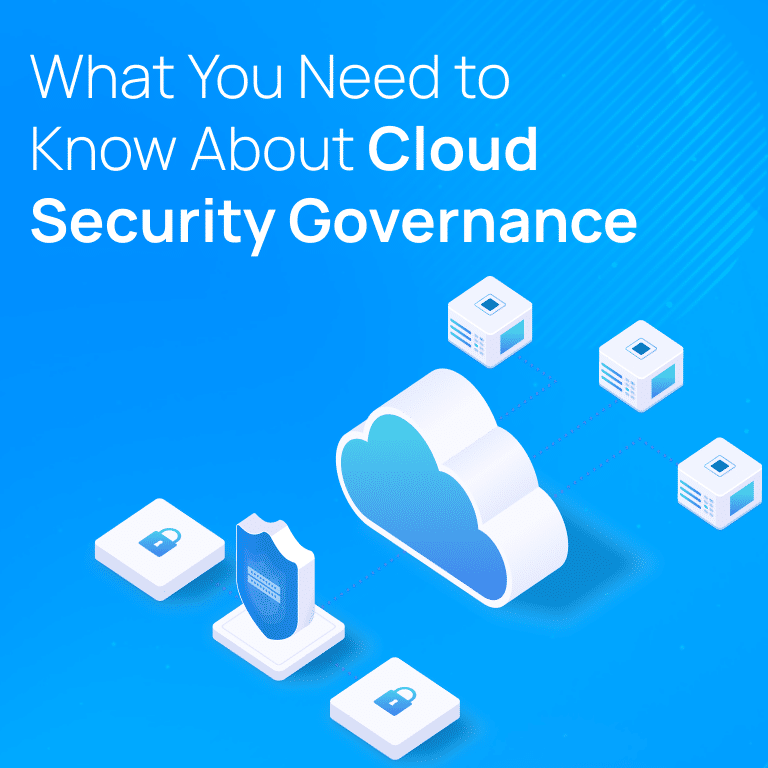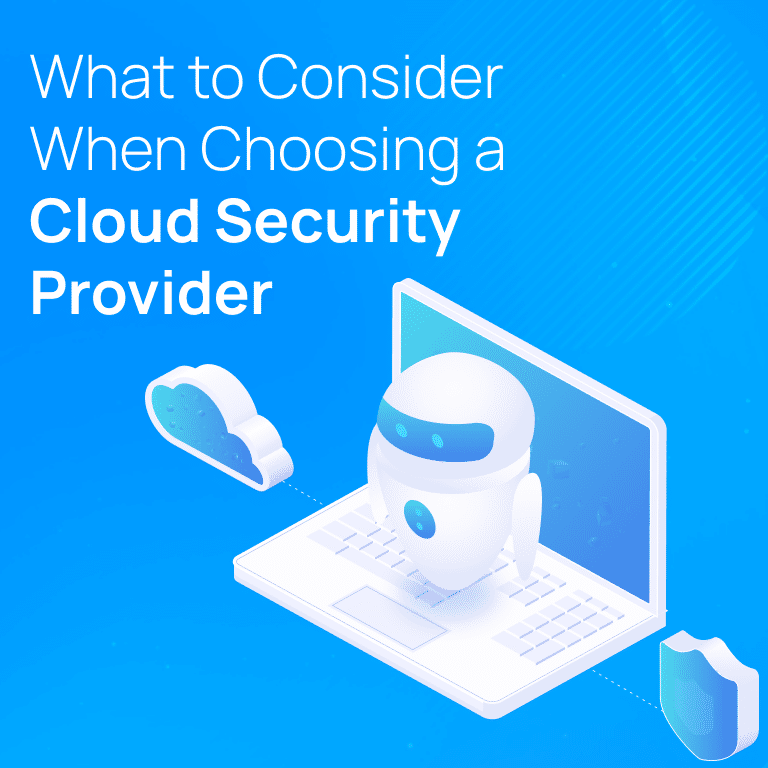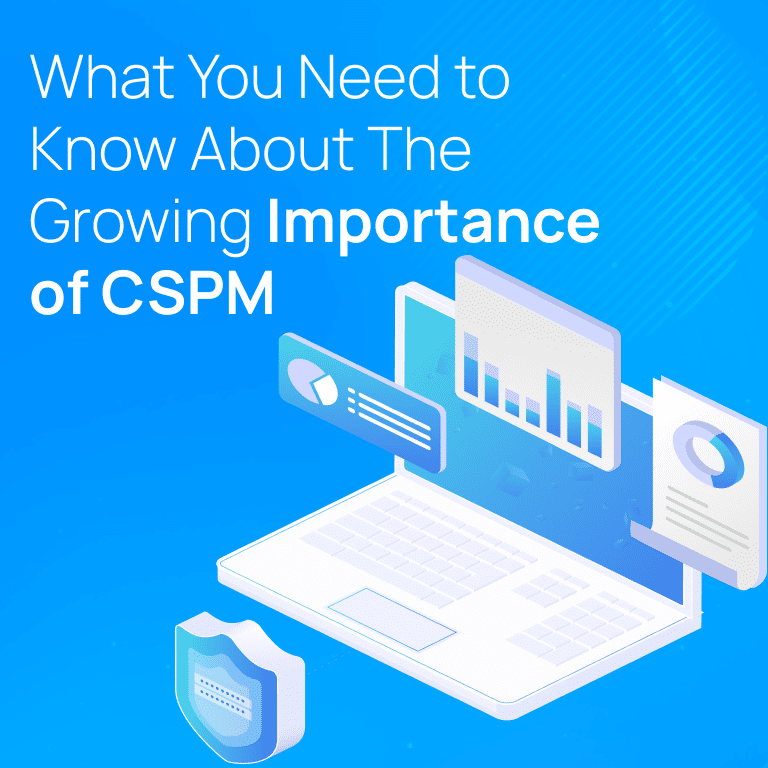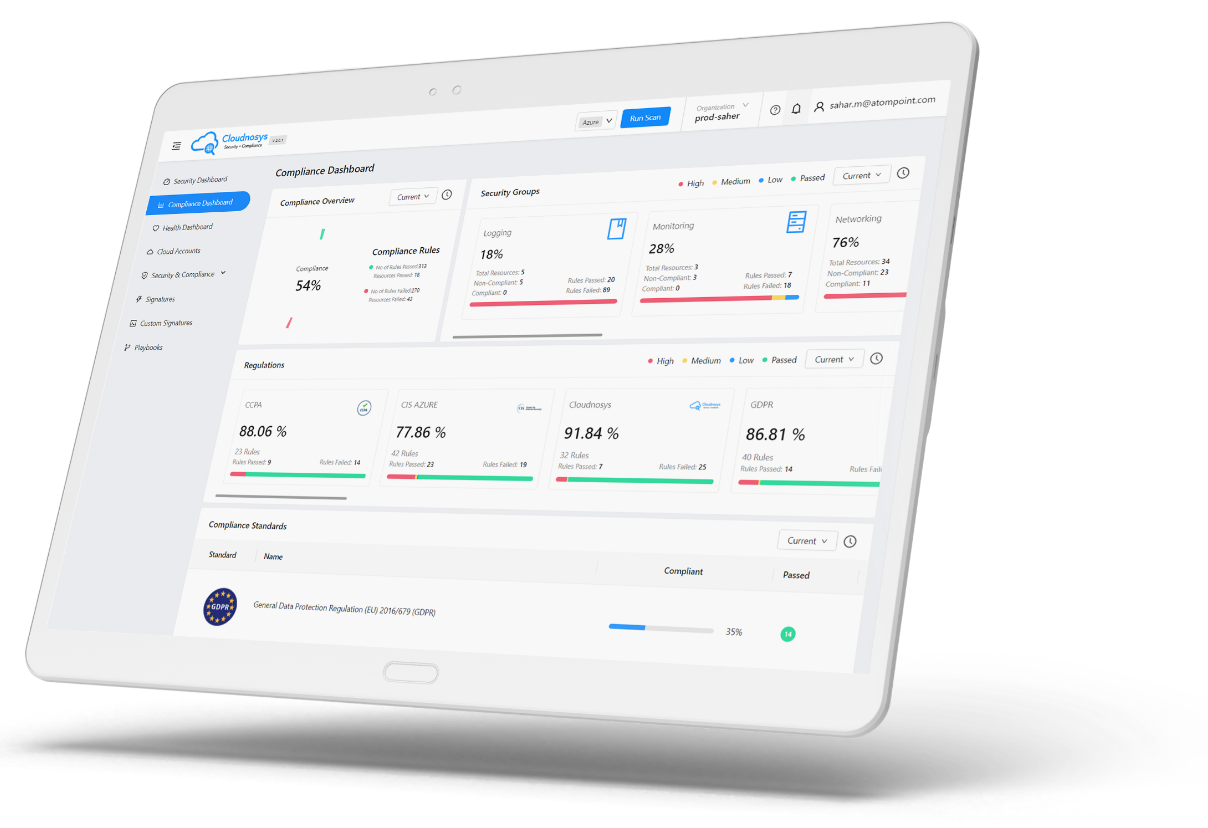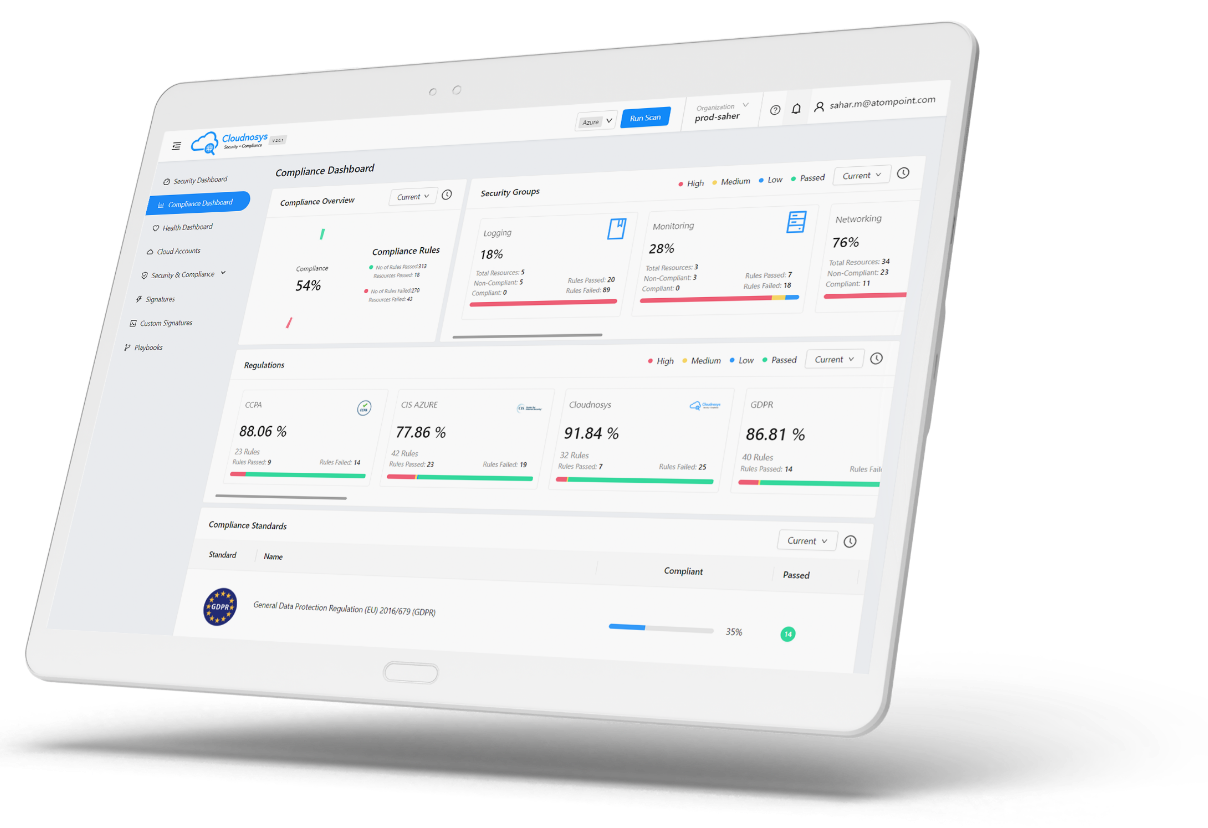Why Cloud Security Governance Isn’t Just Another Buzzword
Imagine your cloud environment as a bustling city. Without traffic lights, speed limits, or law enforcement, chaos reigns. Cloud security governance is the rulebook that keeps this digital metropolis safe, efficient, and compliant. In 2024, 92% of enterprises use multiple cloud providers, yet only 34% have a formal governance strategy. Let’s fix that.
The High Stakes of Poor Governance
A single misconfigured server can leak millions of records. Remember the 2023 Microsoft Azure breach? A governance gap allowed hackers to access 38TB of sensitive data. The fallout? Regulatory fines, lawsuits, and a shattered reputation. Governance isn’t about red tape—it’s about survival.
How Governance Differs from Traditional Security
Traditional security is like locking your front door. Governance? It’s the blueprint for the entire neighborhood. It covers:
- Who has access to what.
- How data moves across clouds.
- When to update policies as threats evolve.
Without governance, you’re reacting to fires. With it, you’re fireproofing.
The Pillars of Effective Cloud Security Governance
Policy Frameworks and Standards
Governance starts with rules everyone agrees to. Think of it as a constitution for your cloud.
Building a Customized Policy Playbook
- Industry Standards: Align with GDPR, ISO 27001, or NIST.
- Internal Rules: Define data classification (e.g., “confidential” vs. “public”).
- Enforcement: Use tools like Cloudnosys to automate policy checks.
Risk Assessment and Management
Risks are like thunderstorms—predictable if you monitor the radar. Conduct quarterly assessments to:
- Identify vulnerabilities (e.g., unencrypted databases).
- Rank risks by impact (financial, operational, reputational).
- Mitigate with backups, patches, or access restrictions.
Compliance and Audit Readiness
Auditors don’t accept “we’ll fix it later” as an answer. Stay prepared with:
- Real-Time Compliance Dashboards: Track adherence to frameworks.
- Audit Trails: Log every access request and configuration change.
- Automated Reporting: Generate SOC 2 or HIPAA reports in minutes.
Access Controls and Identity Management
Not everyone needs the keys to the castle. Implement:
- Zero-Trust Architecture: Verify every user and device.
- Role-Based Access Control (RBAC): Limit permissions to the “need-to-know.”
- Multi-Factor Authentication (MFA): Add a second layer of defense.

Common Challenges in Cloud Security Governance
Shadow IT and Unauthorized Cloud Use
Employees often spin up cloud services without IT’s knowledge—a practice called shadow IT. Combat this by:
- Educating teams on approved tools.
- Using discovery tools to detect unauthorized services.
- Offering user-friendly alternatives (e.g., pre-approved SaaS apps).
Keeping Pace with Multi-Cloud Complexity
Juggling AWS, Azure, and Google Cloud is like herding cats. Simplify with:
- Centralized Governance Platforms: Tools like Cloudnosys unify policy enforcement across clouds.
- Consistent Tagging Strategies: Label resources by department, project, or sensitivity.
Bridging the Skills Gap
Only 44% of organizations have enough cloud security experts. Upskill your team with:
- Certifications (e.g., CCSK, AWS Security Specialty).
- Partnerships with managed service providers (MSPs).
Best Practices for Implementing Governance
Automate or Stagnate: The Role of AI and Tools
Manual governance is like using a typewriter in the ChatGPT era. Automate:
- Policy Enforcement: Auto-remediate misconfigurations.
- Threat Detection: AI models that spot anomalies faster than humans.
Platforms like Cloudnosys excel here, offering pre-built compliance templates and real-time alerts.
Training Teams to Think Like Guardians
Your employees are your first line of defense. Train them to:
- Spot phishing attempts.
- Report suspicious activity.
- Understand the “why” behind policies (e.g., “Encryption protects customer trust”).
Continuous Monitoring and Iterative Improvements
Governance isn’t a “set and forget” task. Schedule:
- Monthly Reviews: Update policies based on new threats.
- Penetration Testing: Hire ethical hackers to find weaknesses.
- Feedback Loops: Let teams suggest workflow improvements.
How Platforms Like Cloudnosys Simplify Governance
Think of Cloudnosys as your cloud governance co-pilot. It tackles the heavy lifting by:
- Scanning multi-cloud environments for risks 24/7.
- Generating audit-ready reports with one click.
- Offering pre-mapped compliance frameworks (GDPR, PCI DSS, etc.).
No more spreadsheet nightmares or all-nighters before audits.
Conclusion
Cloud security governance isn’t optional—it’s the backbone of modern business resilience. By blending airtight policies, automation, and continuous learning, you’ll turn chaos into clarity. And with platforms like Cloudnosys, even the most complex cloud environments become manageable. Ready to govern like a pro?
FAQs
- How often should we update our governance policies?
Review quarterly, or after major incidents/tech upgrades. - Can small businesses implement robust governance?
Absolutely! Start with core policies and scale using cost-effective tools. - What’s the biggest mistake in governance?
Overcomplicating policies—simplicity ensures adoption. - Does multi-cloud increase governance costs?
Not if you use unified platforms to centralize management. - How does automation improve compliance?
It reduces human error and speeds up audit preparation.



